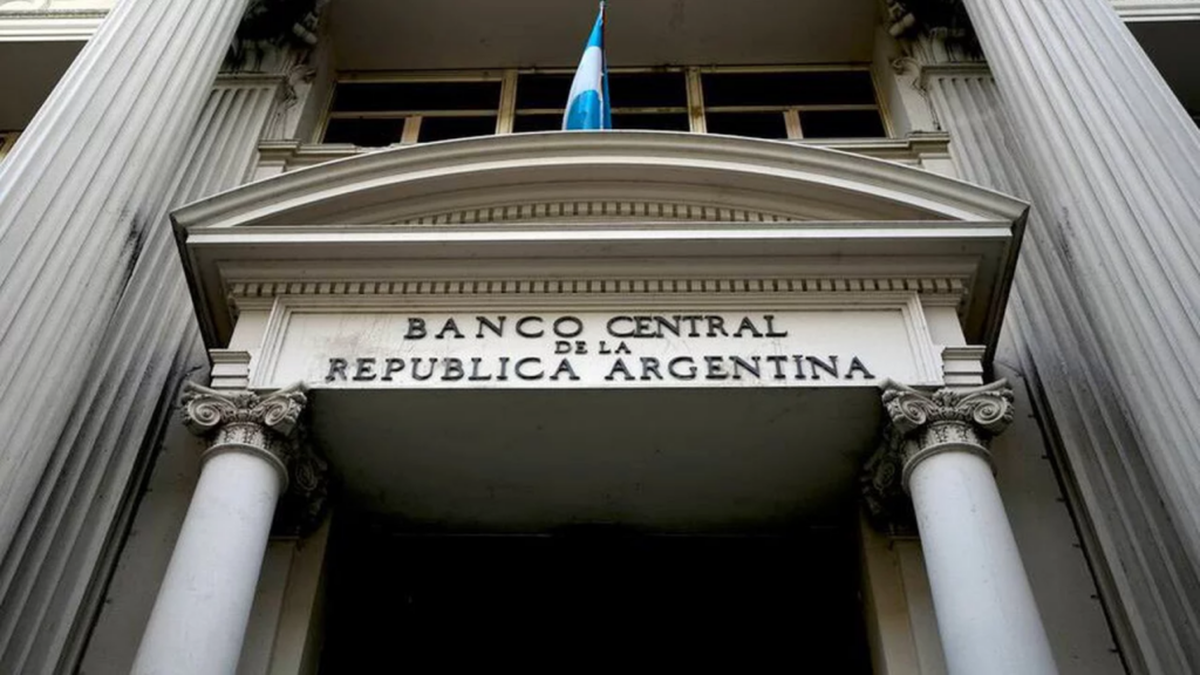When the Central Bank of the Argentine Republic (BCRA) announced on June 9 the end of the Fiscal Liquidity Letters (LEFI) As of July 10, few anticipated the Financial whirlwind that would unleash. The measure, designed to migrate to a monetary policy focused on monetary aggregates instead of fixed interest rates, sought to align the economy with a more orthodox model. However, a month after its implementation, The market faces unprecedented volatility in interest rates, with consequences that already reverberate in the real economy and threaten to undermine economic recovery in an electoral year.
The disarmament of the Lefi: an experiment with unexpected consequences
The Lefi, Treasury debt instruments administered by the BCRA, were the favorite tool of the banks to manage daily liquidity. With a monetary policy rate of 29% annual nominal (33.63% effective), allowed financial entities to buy and sell according to their cash needs, offering stability and predictability. The decision of the BCRA to replace them with capitalizable letters (LECAP), which are tendered biweekly with minimal deadlines of 30 days and operate in a more volatile secondary market, broke this balance.
The objective was clear: stop fixing the interest rate, in a scheme of monetary aggregates, and foster private financial intermediation. But the banks, reluctant to adopt the LECAP as a substitute due to their lower flexibility, did not transfer all their Lefi holdings to these new instruments. The result was an excess of liquidity that collapsed interest rates at levels as low as 12% in early July, making less attractive to remain in pesos and awakening the pressure on the dollar
The Government reacted with an extraordinary tender on July 16 to absorb leftover weights. However, this measure not only failed to restore stability, but triggered a liquidity contraction that triggered the short LECAP rates of 38.99% threw 47.81% in just 15 days. By the end of July, the renewal of maturities fell to 76%, with rates that climb at 65%, it threws, reflecting the growing need for market liquidity
A monetary policy in Zigzag
The transition to a monetary aggregate control regime, where rates are determined by the supply and demand of money, has generated volatility that touches the chaotic. In August, one-day bond rates reached 100% annual nominal peaks, while LECAP reached 80% yields, levels that contrast with projected inflation of 25-30% by 2025. This disparity has transferred the impact to the business segment, where the cost of credit has been significantly more expensive
He BCRAin an attempt to contain the climb of the dollar, which in July accumulated an increase of 14% to $ 1,380 in the retail market, increased bank lace.
The last tender, made last week, illustrates the magnitude of the problem. Faced with maturities of almost $ 15 billion, the treasure renewed just 61%, with rates that climbed 69% throw. Banks, prioritizing liquidity, beyond having added instruments such as Tamar letters, which offer variable rates based on the fixed wholesale deadlines, chose to retain cash pesos. Although the BCRA opened a liquidity window to operate with bonds of more than 60 days, this measure failed to convince the market.
Thus, the BCRA raised the lace again. This time they will be paid by allowing them to integrate them with bonds that will be tendered on Monday. In addition, the methodology of calculating a monthly average to daily compliance changed, which forces banks to maintain an additional liquidity mattress to avoid sanctions. This measure, although effective to absorb pesos, has generated discomfort in the financial sector, which is restricted by its intermediation capacity and the daily handling of its balances.
The cost in the real economy
The volatility of rates and monetary tightening are leaving deep traces in the real economy. High yields, which far exceed projected inflation, make credit for companies, especially SMEs, which already face an Amexing of economic activity since May. The elimination of the Lefi, although sought to take advantage of the inflationary deceleration, generated exchange tensions and a credit contraction that affects production.
While some companies reduce their activity due to the debt rise, others simply begin to postpone payments to take advantage of the high rates they get in the market.
In addition, the government’s strategy to prioritize exchange stability to avoid a leap from the dollar before the legislative elections of September and October has a fiscal cost. The capitalized interests of the Lefi and the LECAP did not affect the Base Caja fiscal resultbut a lower percentage of renovation forces to pay such instruments, putting the fiscal surplus at risk.
With the elections in the province of Buenos Aires to three weeks and the generals to ten, the BCRA faces a dilemma: keep the monetary squeeze to contain the dollar or relax the conditions to relieve pressure on the real economy. For now, the official plan aims to reach the elections with a controlled exchange and inflation rate, but at the cost of high real rates that could complicate the real economy.
An uncertain path
The elimination of the Lefi, far from being a technical adjustment, unleashed a storm of volatility that has tested the credibility of the BCRA. The comings and turns in the monetary policy – illuminations out of schedule, lace increases, improvised liquidity windows – reflect a reactive approach that fails to convey certainty. While the government is committed to stabilizing the dollar to project calm in the electoral prelude, the cost falls on companies and consumers, which face a more expensive loan and an economy at risk of stagnation.
As Argentina approaches the elections, The BCRA must decide whether to persist in this endogenous rate regime or establish a more predictable rates corridor. Without a correction of course, volatility could not only stop economic recovery, but also erode the confidence of investors at a time when stability is more necessary than ever
Can the BCRA find the balance between controlling the dollar and sustaining the real economy, or will Argentina pay too high for its monetary experiment?
Economist
Source: Ambito
David William is a talented author who has made a name for himself in the world of writing. He is a professional author who writes on a wide range of topics, from general interest to opinion news. David is currently working as a writer at 24 hours worlds where he brings his unique perspective and in-depth research to his articles, making them both informative and engaging.




